What May Happen to The Earth When The Sun Dies
It rises in the morning, illuminating the land and all the life beneath it, and in the evening it leaves the world in complete darkness, dark enough to see its distant relatives as they illuminate the night sky. No doubt, its presence whether night or day, provides heat, light and energy necessary for life to survive on earth. Well, I believe you all know what am talking about? - The Sun. This mysterious solar body is responsible for Earth's weather and climatic condition, because of the energy it emits. It has been studied and observed by astronomers since ancient times, that study still continues to this present day. New and exciting things are always unravelled about the Sun, the centre of our solar system.
Before we head into the crux of today’s discussion which is the possible things that may likely happen when the Sun dies eventually. Let’s get to know a thing or two about our rock star solar body, this post contains things you probably already know, just keep an open mind, and feel free to add your thoughts and feedback in the comment section.
Here we go...
About The Sun
The sun is not so different from the other stars, the reason it may look different is that the Sun is much closer to Earth than the other stars. This distance gives us a glimpse of the Sun's heat and brightness, despite this, the Sun is about 93 million miles or 150 million kilometres away from our green little planet - Earth. Despite this distance, it takes only eight minutes for sunlight to reach earth, as a result of the speed of light.
The Sun doesn't have a solid surface, and it is made up of several gases such as hydrogen (70%), helium (28%), oxygen nitrogen and carbon making up the remaining 1.5%. The outstanding 0.5% is made up of smaller gases such as sulfur, silicon, iron, magnesium, and neon.
SUN’S PROFILE
Age: 4.6 Billion Years
Diameter: 1,392,684 km
Mass: 1.99 x 10^30kg (333,060 Earths)
Type: Yellow Dwarf (G2V)
Equatorial Circumference: 4,370,005.6 km
Surface Temperature: 5,500
SIZE OF THE SUN
FEATURES OF THE SUN
Sun, is a yellow dwarf (G dwarf star), alone it makes up 99.86% of our Milky Way solar system in terms of mass. With an absolute magnitude of +4.83, it is believed to be brighter than 85% of the entirety of the Milky Way stars most of which are red dwarfs. Being the largest object in the Solar system, the Sun accounts for 99.86% the Universe's mass.
The width of this big star is estimated at 864,000 miles (1.4 million kilometres), it can accommodate 109 Earth across its surface; and if it was a hollow bowl, the Sun can contain more than a million piles of Earths inside of it.
The Sun possess gases that accounts for almost the entire gases present in the milky way solar system (99.8%), these scorching gases account for the Sun's 10,000 degrees Fahrenheit temperature (5,500-degree Celsius) at the surface level, and temperatures at the core is estimated to be around 28 million degrees Fahrenheit (15.5 million Celsius).
Still on The Sun's Mass
With a mass estimated of 1.98892 x 10^30 Kilograms, which by the way is a massive number. To put that number in context, I’ll write out every zero, it this is what it will look like
1,988,920,000,000,000,000,000,000,000,000 kilograms
Amazing isn't it?
When comparing the Sun to other planets in mass, the Sun’s mass is 333,000 times that of planet Earth, and 1,048 times the mass of Jupiter, and 3,498 times of Saturn. Although the Sun is quite massive, there are other planets that are more massive than the Sun, a known example will be Eta Carinae, with a mass 150 times bigger than the sun's mass.
Based on the scientific forecast, the Sun will gradually decrease in size. This will be as a result of two processes involved. One, the fusion reaction happening in the Sun's core. Which involves the conversion of hydrogen atoms into helium. This process costs the Sun some of its mass, a process called fusion process when energy is formed from an atom of hydrogen. The Sun’s lost mass comes in form of the heat and warmth we feel from the Sun. The Second process responsible for the decrease of the Sun's mass is known as the solar wind, whereby electrons and protons are constantly blown into outer space.
The Sun's Gravity
As a fact, the more mass an object possess, the stronger its gravitational pull. Hence, due to the Sun's enormous mass, this interpret that the gravity of the Sun will be huge. When compared with the Earth's gravity, the Sun's gravity is 28 times stronger and bigger.
Earths Gravity - 9.807 m/s^2
Sun's Gravity - 274 m/s^2
Illustrating the Sun's gravity
For example, a human on Earth that weighs 100 kilograms, when walking on the surface of the Sun (although the Sun doesn't have a solid surface), will feel as if he weighs 2,800 kilograms. This is as a result of the Sun's gravity, which is 28 times that of Earth gravity. Needless to say, the human will die instantly due to the gravitational pull, not to mention the heat, and the atmospheric gases.
The Sun's gravity is so strong that it pulls all of its own mass (mainly gases like hydrogen and helium) into itself, making it an almost perfect sphere. At the centre of the Sun (the core), pressure and temperatures are so extreme that fusion reactions (where two or more atomic nuclei come so close to each other, that they can form one or more atomic nuclei and other subatomic particles) occur easily.
Gravity - The Reason all Planets Orbit about the Sun
Why do planets go round the Sun, and not the Sun going around planets? The reason is simply Gravity. Saying that planets go round the Sun simply implies they are orbiting round the Sun, similar to how a satellite or the moon orbits the Earth. And the reason for this is “The object with the lighter weight orbits around the one more weight” And as we discussed earlier, Sun possess the most weight in our solar system.
To put this into context, the Sun has more mass than the heaviest planet - Jupiter 100 times, and heavier than Earth 300,000 times. But this doesn’t provide any explanation whatsoever as to why all the planets orbits around the Sun. The answers are a little complex, and the first ever great explanation, was postulated by one very bright scientist, by the person of Isaac Newton, he lived 3 centuries ago in England.
Isaac’s explanation relates to why an object hits the ground when dropped. The gravity of the Sun pulls on that of the Earth’s, just as the Earth’s gravity drags down anything loose and not supported by another force; they what keeps you and I steady on the face of the Earth. Objects with massive weights produce a large gravitational pull against objects with lighter weights. The Sun, which is our solar system’s heavyweight, exerts gravitational pull, the strongest in our solar system.
You might ask “If the Sun is constantly pulling all the planets towards itself, why don’t they all get pulled in and barbecued to ashes?” Well, apart from the Sun’s gravity pulling everything towards it, the individual planets are in constant sideways motion. Similar to having a weight attached to the edge of a string. Swinging it around implies that you are pulling it towards your hands (The Sun), similar to how the Sun’s gravity pulls the planets towards it; but the sideways motion ensures the ball keeps swinging in an orbital fashion. Without that sideways motion, it will fall towards the centre of the Sun, and without the gravitational pull to the centre, all planets will orbit out of the Sun magnetic field. The exact thing that will happen to the weight when it goes off the string.
What will happen when the Sun Dies
It’s no secret that the Sun, like every other thing, has a lifespan, it is speculated that the Sun has lived for 5 billion years,
and it has a projected lifespan of 10 billion years. Now, this begs a very important question: What’s happens when the Sun reaches its limits?
A process known as the proton-proton chain or nuclear fusion is set to occur over time when the Sun will slowly convert its hydrogen supply into helium. And death is set to commence once it has used up all of its hydrogens. This is the period everything that has breath should dread because what happens next will not be friendly:
- The Greenhouse Effect Will be Extremely Effective
Once the Sun exhausts its hydrogen (in a process earlier explained as nuclei fusion), it will become extremely brightened. And a brighten Sun translates to more energy for Earth. Now, there are gases in our atmosphere the works like a blanket and they absorb heat from our star, hence allowing the earth to support life; gases such as methane, carbon dioxide, and nitrous oxide.
With a brightened Sun, this will increase the workload of these gases, this will translate to an extremely hot planet Earth. Earth will lose all of its water through evaporation, and the escaped water will form a dense cloud in the earth’s atmosphere.
This cloud will serve as a protective covering from the Sun’s radiation for a while, after which due to the excess heat from the dense cloud, will melt and the ocean will start boiling. At this point, the earth won’t be able to support life, man will either die due to excessive heat or due to thirst.
- The Sun’s Expansion
Once the Sun completely exhausts its hydrogen and becomes much brighter; it will move the next phase of its life cycle - The Red Giant Phase. At this stage, the Sun will increase tremendously in size. With the increment in size, the temperature of the Sun will be reduced from its usual temperature of 5,000 - 9,000 degrees Celsius, to 2,000 to 3,000 degrees Celsius.
The new bloated Sun will steadily grow till it engulfs the orbits of Venus and Mercury, and its outer atmosphere may encroach Earth’s orbit
This is how the Sun’s predicted demise will play out, it is not applicable to other stars. Red dwarfs which are smaller in comparison with the Sun, are known to be weak, simply go out once they exhaust their fuel. The longevity varies from star to star.
- The Sun will Shrink
The Sun’s change will continue as time goes on, when its done fusing helium, have the ability to fuse with carbon dioxide; it will eventually shrink to a white dwarf. At this phase, the size of the Sun will become much smaller than the present Sun. Naturally, White dwarf planets are severely lacking in energy, but are known their longevity. These solar remnants are can continue shining for billions of years, up to a point in the distant future when they turn into black dwarfs.
It is impossible to know for sure how long the process of becoming a black dwarf will take, and astronomers believe that the universe isn’t old enough to see a black dwarf yet.
- Changed orbit for Earth
At the stage of the Sun’s expansion, everything on planet Earth must have been dead, but the planet will still be moving. But with the Sun’s decreased temperature of 2,000 to 5,000 degrees Celsius, Earth will not burn to a crisp; interestingly, the opposite is set to occur. Due to the Sun’s expansion, as a result of the exhaustion of its hydrogen fuel. The Sun will lose its gravitational pull towards core because it doesn’t have the energy to exert such pull.
Therefore, the Sun pulls on Earth will be greatly weakened, and as we discussed earlier the string with a weight attached at its end. When the energy that pulls it towards the centre no longer exist, the sideways motion continues, with this motion, the Earth will spiral away from the Sun. Unfortunately, all life forms must have been lost at this point, more sadly, the planets Mercury and the beautiful Venus will be consumed by the Sun.
- Our Milky Way Galaxy will Merge with the Andromeda Galaxy
This event won’t occur because of the death of the Sun, however, it will occur alongside it. The first meeting between these two galaxies is predicted to occur at the time of the Sun’s death throes. The Andromeda and Milky Way are fast moving towards each at an estimated speed of 402,000 kilometres per hour. This translate that the collision is inevitable, interestingly, all of the Milky Way’s planet, including the Sun, and what’s left of Earth, will be fine.
NASA has been working on a mission to Mars for some time now, and there is a goal for 2030, where they hope to embark on a manned mission. Other organizations and privately owned companies have been working on interstellar travel too. SpaceX is most notable for this endeavour, founded by American Billionaire Elon Musk who has made it his life mission to make the man an inter-planetary being.

REFERENCES
[https://www.universetoday.com/94252/characteristics-of-the-sun/](Characteristics Of The Sun)
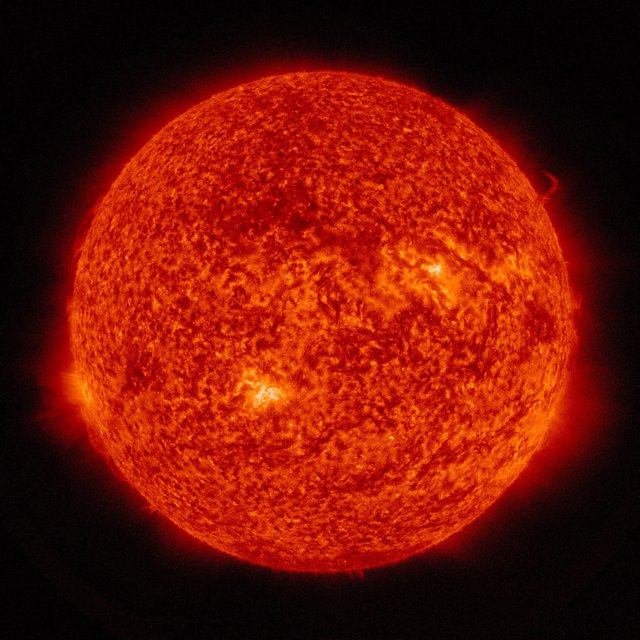
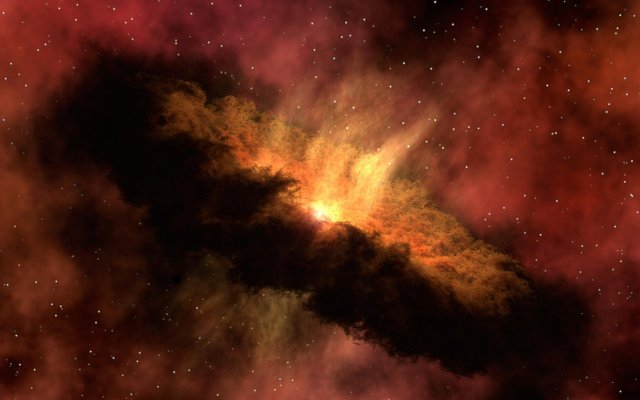
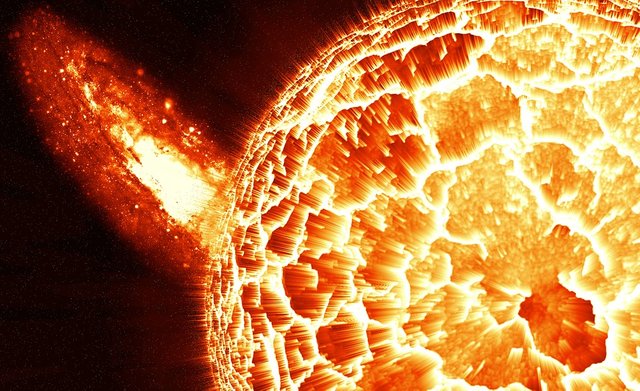
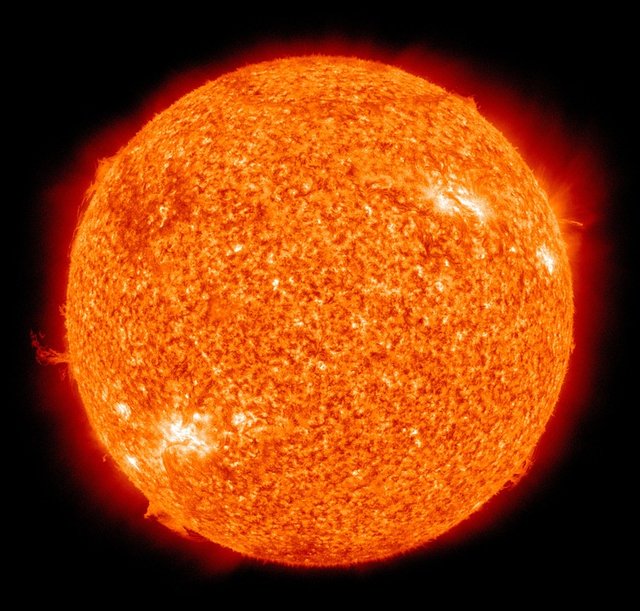
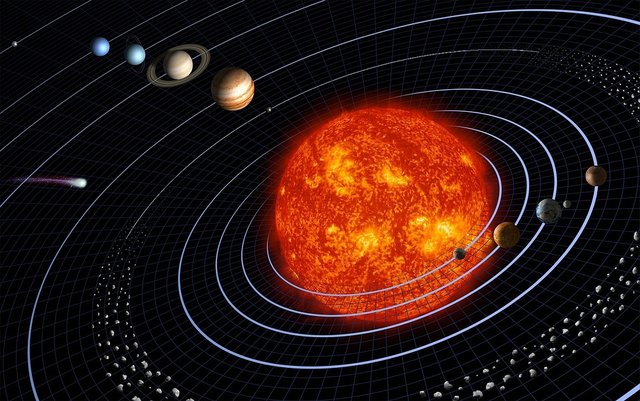
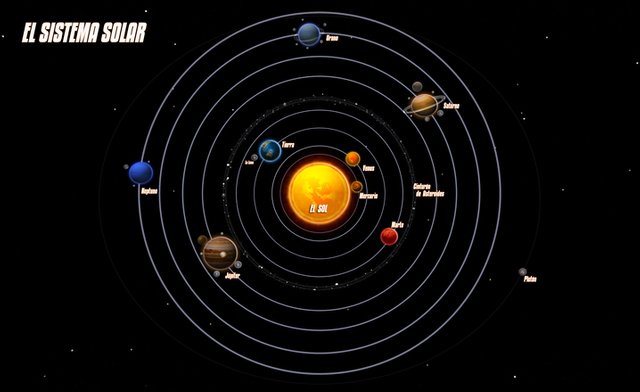
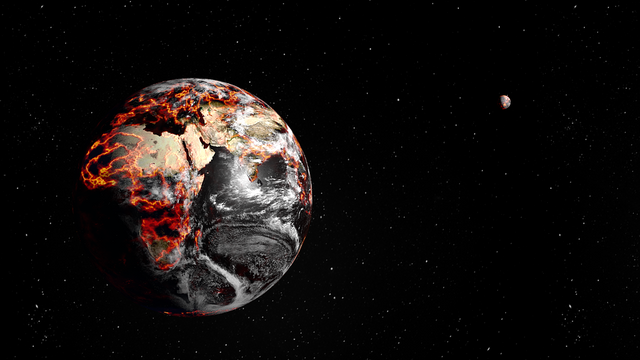
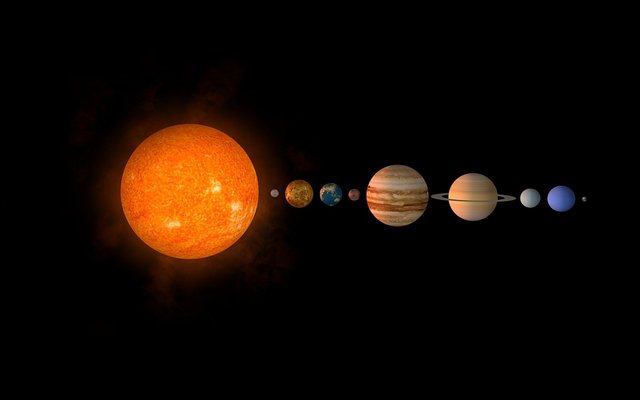
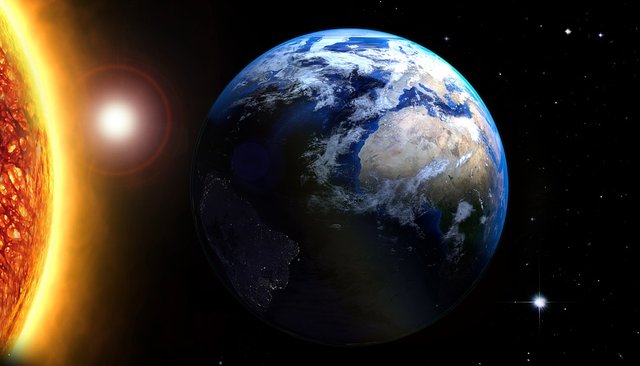

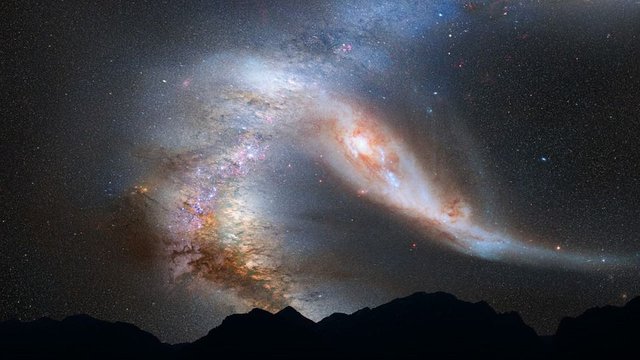
This is a test comment, notify @kryzsec on discord if there are any errors please.
Being A SteemStem Member
You received a 10.0% upvote since you are not yet a member of geopolis.
To read more about us and what we do, click here.
https://steemit.com/geopolis/@geopolis/geopolis-the-community-for-global-sciences-update-3
If you do not want us to upvote and comment on your posts concerning earth and earth sciences, please reply stop to this comment and we will no longer bother you with our love ❤️
I have joined your group on Discord and will be making my committement to become a member shortly.
Mehn, this is interestingly long engaging bro. kudos! More!!!
Thanks, man!
Will try hard to develop more content
The images used in this article are from a copyrighted source. #steemstem will not curate posts with images from sources that are not copyright-free like Creative Commons (CC) license eg CCO images and images from free image websites such as pexels.com, pixabay.com, etc.
Thank you very much for the constructive feedback, it means a lot to me moving forward. I have edited this post, and replaced all the images from copyrighted sources, with free images from pexels, and pixabay.
Many thanks again.
Ok. Seen.
Wow this was very educative bro, who knew the sun was that heavy!!! Great post bro
Thanks bro, it was really fun writing about the Sun. And yeah the Sun is really massive, it's makes up about 99.86% of our solar system - insane right?